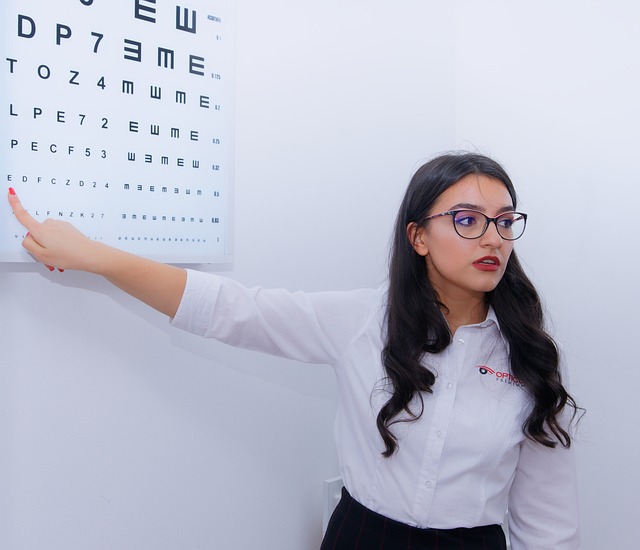Advancements in the field of optometry have led to significant breakthroughs in recent years, providing patients with more accurate and effective eye care. These breakthroughs have been instrumental in improving the diagnosis, monitoring, and treatment of a wide range of eye conditions.
- Improved Diagnostic Technologies
Optical coherence tomography (OCT) is one of the most significant breakthroughs in optometry. OCT is a non-invasive imaging technique that allows optometrists to see detailed, cross-sectional images of the retina. This technology has greatly improved our ability to detect and monitor conditions like glaucoma, macular degeneration, and diabetic retinopathy.
- New Treatment Options
Myopia control is another area of optometry that has seen significant advances. This treatment involves using special contact lenses or eyeglasses to slow the progression of near-sightedness in children. This can help prevent complications like retinal detachment and reduce the risk of developing more serious eye conditions later in life.
- Personalized and Customized Care
Optometrists can now provide patients with more personalized and customized care thanks to advancements in technology. Digital imaging technology allows optometrists to create detailed maps of the cornea, which can help them design customized contact lenses that provide a better fit and improved vision.
- Future Advancements
As technology continues to evolve, we can expect to see even more innovative solutions for improving eye health and vision care. The use of artificial intelligence, virtual reality, and other emerging technologies are just a few examples of how optometry may continue to evolve and improve in the future.
In summary, the breakthroughs in optometry have revolutionized the way we approach eye care. These advancements have helped improve patient outcomes and have paved the way for even more exciting developments in the future.

